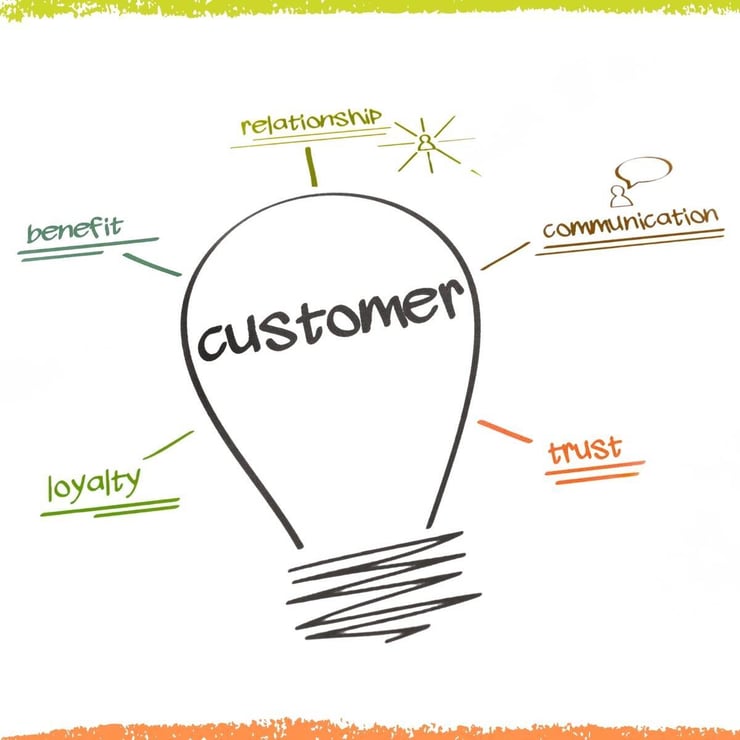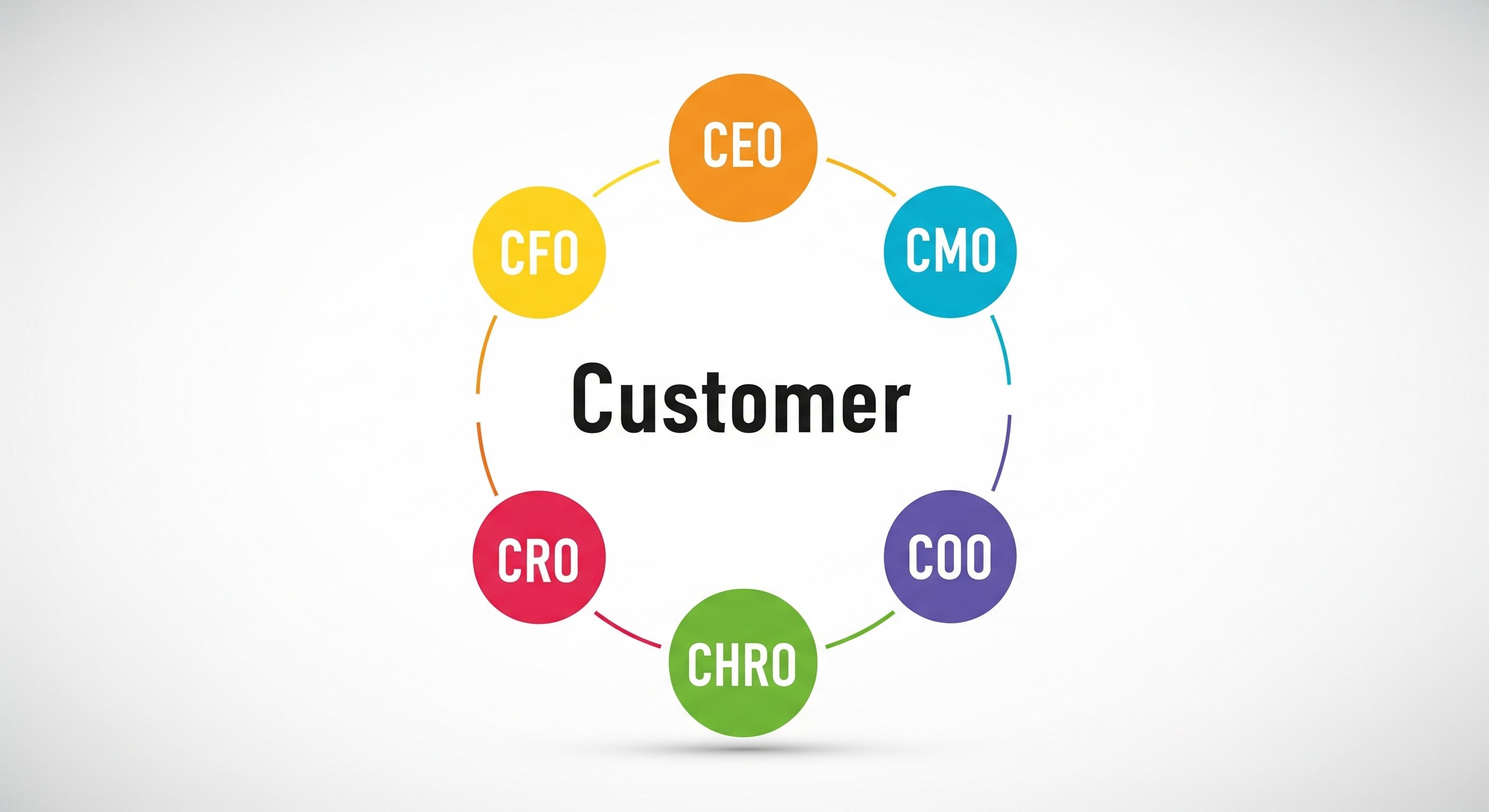Beyond the Buzzword: Truly Hearing Your Customers to Fuel Growth

Quick Links
- The Customer Experience Paradox: We Talk the Talk, But Do We Walk the Walk?
- Why "Listening" Pays Off Big: Stacked Wins
- Real Talk: Simple Ways to Really Hear Your Customers
- Leadership's Role: Making Listening a Habit
Summary
We all know Customer Experience is crucial, but knowing isn't doing. In this blog I confront the common challenge businesses face in translating customer experience intent into real-world action. and share how a proactive approach to understanding what your core customers truly experience, love, and struggle with can create 'stacked wins' for your company, driving significant returns and sustainable growth.
“The first step in exceeding your customer’s expectations is to know those expectations." - Roy H. Williams
Everyone talks about Customer Experience (CX), but very few companies actually listen effectively. This gap between knowing why the customer's experience matters and truly acting on it is costing businesses big.
To grow faster and more efficiently, we need to stop just intending to listen and start actively engaging with our core customers. This means getting out there, having real conversations, and using that feedback to drive every decision.
Discover how businesses can turn customer experience goals into real action by deeply understanding what their core customers need—unlocking meaningful growth.
The Customer Experience Paradox: We Talk the Talk, But Do We Walk the Walk?
Customer Experience (CX) is a concept most businesses understand, and it seems to be front and center everywhere we look. I was recently reading a McKinsey study that confirmed that companies truly prioritizing customers achieve twice the revenue growth of their less customer-focused rivals. It makes perfect sense that most leaders see customer feedback as a goldmine for new growth ideas.
Sounds like we're all on board, right? Not quite.
Here's the frustrating reality: most companies aren't actually doing it. Despite all the talk, only a tiny fraction – about 15 percent of leaders – consistently use customer input in their decisions. Even fewer (just 23 percent) regularly engage with customers to make sure their products or services hit the mark.
This isn't just a small oversight; it's a big deal. We all understand that Customer Experience is vital, yet we consistently miss the most fundamental part: truly grasping what our core customers actually experience, what they love, and where they struggle. When that critical feedback is just sitting in a dashboard – or worse, isn't captured at all – it stands no chance of influencing our products or client services. That's not just inefficient; it's a complete waste of effort.
Why "Listening" Pays Off Big: Stacked Wins
When you truly commit to hearing your customers and acting on it, the wins aren't just a nice-to-have; they lead to to serious business impact:
- Better Returns: Happy, loyal customers stick around longer. According to a recent PWC study, customers that have a great experience buy more, they cost less to keep and they're less sensitive to price. That's a huge boost to your bottom line.
- Faster Growth: Great experiences get talked about. Word-of-mouth is still the most powerful marketing. When customers love you, they bring new customers with them, fueling quicker growth.
- Lower Costs: Proactively fixing problems because you listened means fewer calls to support, less churn, and smoother operations. It reduces those hidden costs that chip away at your profits.These aren't soft benefits.
The PWC study shows that 73% of all people use customer experience when making buying decisions and 43% would pay more for a better and more convenient experience . They directly impact your Revenue Engine and your company's overall health.
Real Talk: Simple Ways to Really Hear Your Customers
So, how do we bridge this gap between knowing CX matters and actually doing something about it? It starts with getting proactive about gathering Good Data – and a lot of that means getting out there and having real conversations. Forget fleeting satisfaction scores; we're after loyalty.
Here are some approachable ways to get genuine customer insights, especially from your core customers:
1. Go Beyond "Satisfaction": Ask About Loyalty.
Instead of just asking if they're "satisfied," use questions that get at loyalty. "How likely are you to recommend us?" (Net Promoter Score / NPS) or "How easy was it to get XYZ done?" (Customer Effort Score / CES) are much better indicators. These tell you if customers will stick around and bring others.
2. Dig into Your Existing Data.
Your sales records, product usage logs, and website analytics are goldmines. What do your "core customers" actually do? What products do they buy together? Which features do they use most? Where do they drop off in your buying process? This tells you their real behaviors, not just their stated opinions.
3. Chat with Your Best Sales and Support Teams.
These are the front lines! They hear customer joys and frustrations daily. What are the common questions? What makes a customer rave? What are the biggest pain points they hear? Empower them to share these insights directly with product and marketing teams.
4. Have Real Conversations: Ask What They Love and What They Want Better.
This is huge. Set up informal chats or in-depth interviews with your core customers. Ask them directly:
- "What do you absolutely love about working with us or using our product?"
- "What's one thing you wish was better, or that we could do differently?"
- "What problem are you trying to solve that we aren't helping with yet?"
These conversations uncover hidden needs and frustrations that surveys often miss.
5.Turn Conversations into Actionable Insights (Then Validate with Surveys).
After those valuable one-on-one chats, you'll start to see patterns. Take those common themes and then create focused, shorter surveys to see how widespread those feelings are across your broader customer base (especially those must-have customers who look like your "core"). This helps you quantify the qualitative.
Leadership's Role: Making Listening a Habit
This isn't just a marketing task; it's a leadership imperative. CEOs need to champion a culture where customer insights are not just heard but acted upon in every strategic review. CMOs, as the voice of the customer, must lead the charge, ensuring that these insights shape everything from new product development to how sales teams engage.
The gap between knowing customer experience matters and actually doing something about it is holding too many companies back.
By committing to truly hearing your "core customers" and acting on those insights, you can stop guessing and start building a genuinely growth-oriented business.



